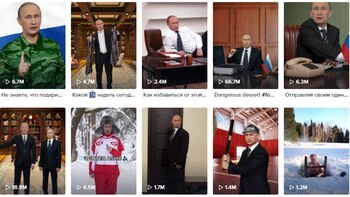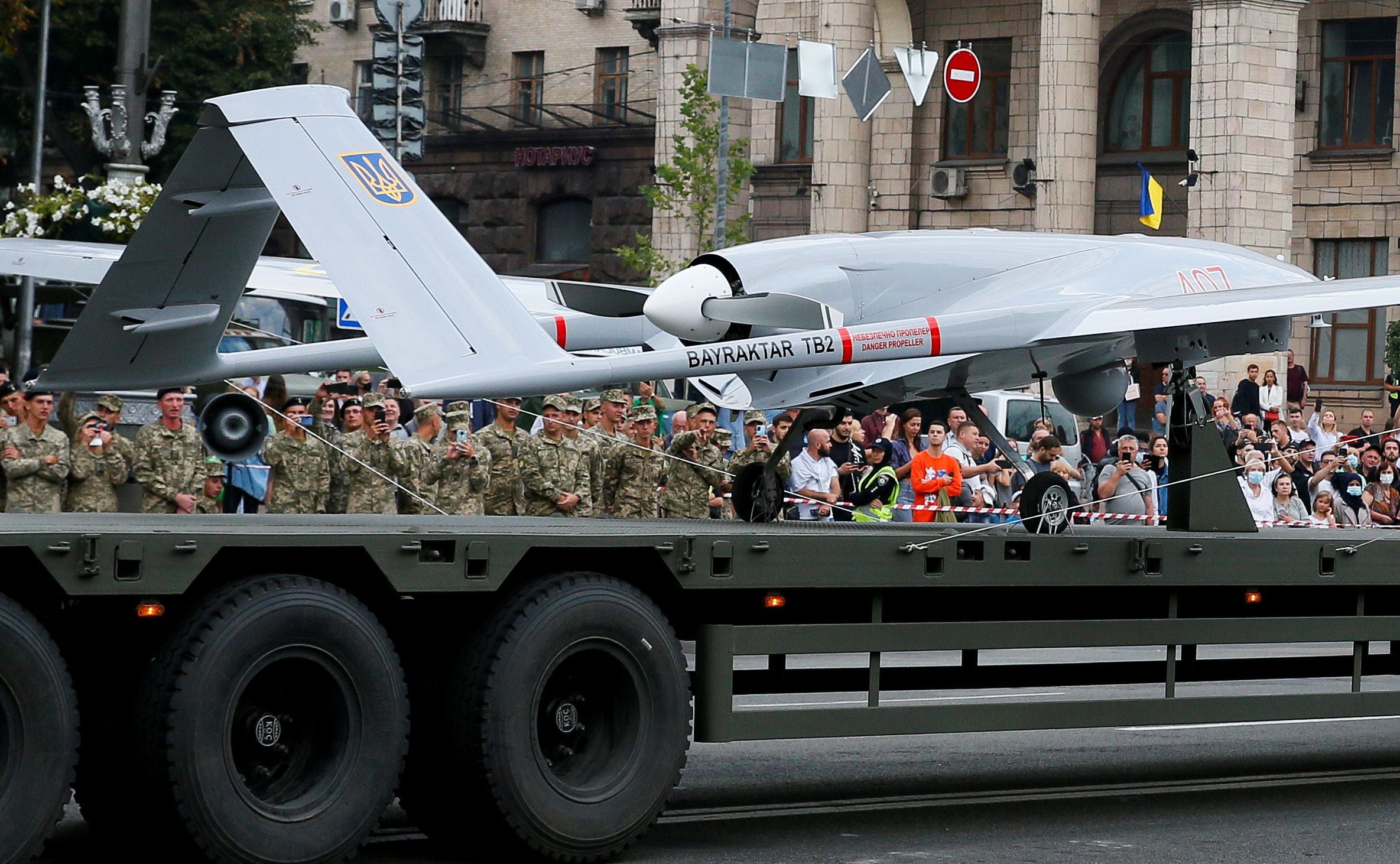
Artificial intelligence as a weapon of war is relatively new. At a meeting with students in 2017, without intending to do so, Vladimir Putin said: “whoever masters artificial intelligence will dominate the world.”
Predicting the sophisticated weapons that would be used in the Russia-Ukraine confrontation, data manipulation, the use of algorithms and machine learning play a crucial and decisive role in driving, manipulating and, above all, sentimentalizing public opinion. But, in addition, these tools can turn a war around.
At first, deepfakes — highly credible false imitations of voice and video — can be funny and harmless even if they have political content. The TikTok profile @1facerussia, for example, shows Putin's deepfakes in which he refuses food from KFC or McDonald's at the hands of US President Joe Biden. Despite their parody tone, the videos did not intend to pass for authentic information. This changed when a video of Volodymir Zelensky, the president of Ukraine, called on citizens and soldiers of his country to surrender to Russia, circulated on Ukraine-24 television channel and then on Facebook, YouTube, Twitter, VKontakte and other social networks.
Ukrainian audiences entered a state of bewilderment that led to a virtual frenzy. The president's leisurely speech and bodily immobility in the deepfake had intensified the drama of the announcement and, above all, its plausibility. Between the disbelief and bewilderment of citizens and the army, Zelenski had to deny the authenticity of the video. A frequent user of social networks, his denial was also subordinated to the perverse order of the disinformation era, because it was not through official media but on the Instagram platform where he published his statement. Simultaneously, the Ukraine-24 television channel reported that it had been hacked. The deepfake was eliminated and the platforms took it down from social networks, but the few minutes it circulated were enough to destroy the credibility of the media outlet. As a shot de grace, Ukraine-24 had to go to its Facebook profile to report the hack that happened on its own channel.
But Putin's prediction went far beyond what could be imagined in 2017. The warlike uses of artificial intelligence are not limited to the spread of deepfakes and fake news. Last week, the US facial recognition company Clearview began providing the Ukrainian government with free access to its software. In her cover letter, CEO Hoan Ton-That suggested the uses that the Ukrainian military could make of the platform: identifying Russian aggressors or infiltrators, recognizing the dead without using fingerprints, reuniting scattered and undocumented families and exposing fake news. This last item reveals a good sense of opportunity.
Clearview became one of the most popular companies in this technique by applying facial recognition on a bank of more than 10 billion public images from different platforms. One of its connections is the social network VKontakte, the most popular in Russia. Each person in the Clearview images could be identified with the utmost precision, on a battlefield or any other scenario, using the facial recognition technique. The algorithm, adapted to the passage of time, knows aging: from photos of his childhood, he could recognize an adult.
A key fact is that VKontakte gained prominence especially since early March, when Meta (former Facebook Group) made a historic exception by allowing hate messages against Russia and Vladimir Putin on its platforms. This measure due to the war banned, in one fell swoop, social networks. The Russian government, in response, restricted access to Facebook and Instagram in its country. In this context, the Clearview facial recognition tool could prove to be a lethal weapon for the Russian side.

In addition to data manipulation and the use of highly complex algorithms, the big bet in the field of artificial intelligence is on the creation of smart weapons. While the most significant fighting takes place on land and not in the air, Ukraine and Russia are using intelligent and autonomous drones. Drones take off, land, move independently, and use information to avoid people, bullets and high-impact threats. Without the need for a pilot who, at risk of death, command the devices, the only human action is to fire from a protected military base.
While the Russians use “kamikaze” drones that self-destruct when they explode, in Ukraine they fight with Turkish Bayraktar drones. Considered the favorite weapon of Ukrainians, a soldier composed a song with the name of the drone. The song went viral, was translated, remixed and then censored by YouTube. It is an anthem that makes the Bayraktar drone a salvation for Ukrainian soldiers from the great disadvantage they have against the Russian army. “The monster of the Kremlin [Vladimir Putin] is making propaganda/The people are swallowing the words/Now their tsar knows a new star...”: the star Bayraktar.
KEEP READING
Últimas Noticias
Debanhi Escobar: they secured the motel where she was found lifeless in a cistern

The oldest person in the world died at the age of 119

Macabre find in CDMX: they left a body bagged and tied in a taxi
The eagles of America will face Manchester City in a duel of legends. Here are the details

Why is it good to bring dogs out to know the world when they are puppies




